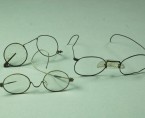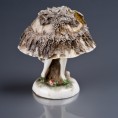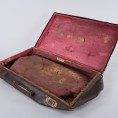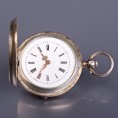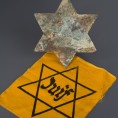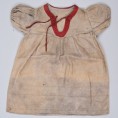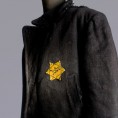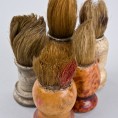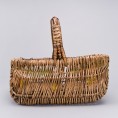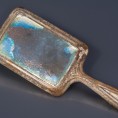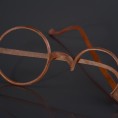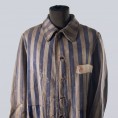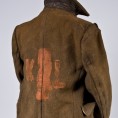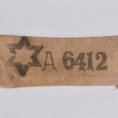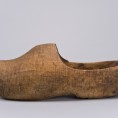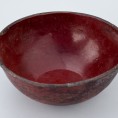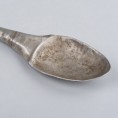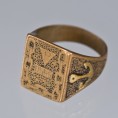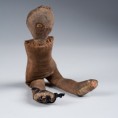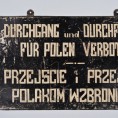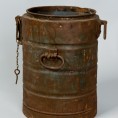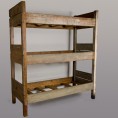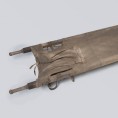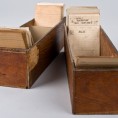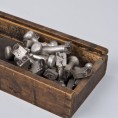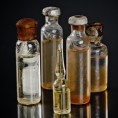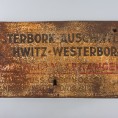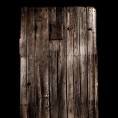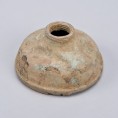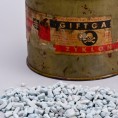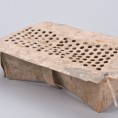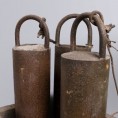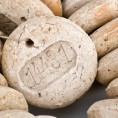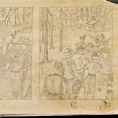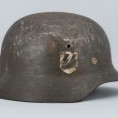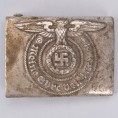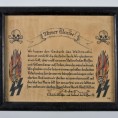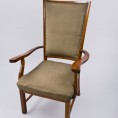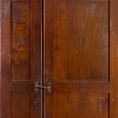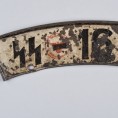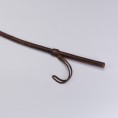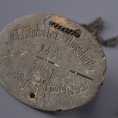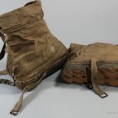Historical collection
Collections
The Auschwitz Memorial is more than extensive grounds and original camp blocks, barracks, and guard towers. It is also tens of thousands of objects of a special nature, special meaning, and special symbolism.
• Above all, it is the personal possessions brought by deportees and found at the site after liberation. They make up a unique collection of items connected with the suffering of the people deported to Auschwitz to be killed immediately, and with those forced into slave labor by the Germans.
• It is also the objects connected with the life of prisoners inthe camp, which bear testimony not only to the primitive living and hygienic conditions and starvation, but also with attempts to preserve humanity behind the barbed wire of Auschwitz.
• The Museum collections also contain objects connected with the SS garrison, the perpetrators of the crime.
The nature of the collections
The Museum collections include:
• about 40.000 m3 of shoes;
• about 3,800 suitcases, 2,100 of which bear the names of their owners;
• over 12 thousand kitchen utensils;
• 470 prostheses and orthoses;
• 397 striped camp garments;
• 246 tallisim;
• about 4,100 works of art (including about 2 thousand of which were made by prisoners).
Personal possessions of the deportees
These are in particular personal possessions brought by deportees and found in the camp after the liberation. They constitute a unique collection of items connected with the suffering of the people, in the vast majority Jews deported to Auschwitz by the Germans to be killed immediately, as well as those forced to slave labour. These are thousands of items of everyday use, such as: kitchen utensils, shoes, eyeglasses, shoe polish containers, brushes or combs. They bear witness not only to the scale of the plunder carried out by German Nazis, but also to the suffering and death of their owners. Suitcases with names, birth dates, transport numbers and addresses have important documentary value and are often the only proof that a given person was deported to Auschwitz.
Prisoner items
These items are directly connected with the everyday existence of prisoners in the camp. They represent primitive living conditions, humiliation of people by perpetrators, but also the attempts to remain humans behind the Auschwitz wires. They also illustrate the manifestations of resistance and mutual aid, and show how prisoners tried to inform the outside world about the crimes being committed by German Nazis in the camp.
Camp items
Another group includes the items connected with the functioning of the camp: equipment from blocks and barracks that housed the prisoners, equipment from camp hospitals, as well as the items connected with camp administration and organization, among others boards with different inscriptions.
Items connected with the extermination process
The Museum collections include also the evidence of the crimes directly connected with the extermination of Jews conducted in the camp by German Nazis. These are among others Zyklon B cans, which contained the gas used as a killing tool in the gas chambers, as well as the remains of crematoria and gas chambers which were not destroyed during the evacuation of the camp.
SS items
The collections include the items connected with the perpetrators of the crime – the SS garrison. These are among others helmets and guard boots. There are also instruments used by the SS to inflict misery on the prisoners: whips and clubs used for beating, as well as the “goat” used during flogging.
